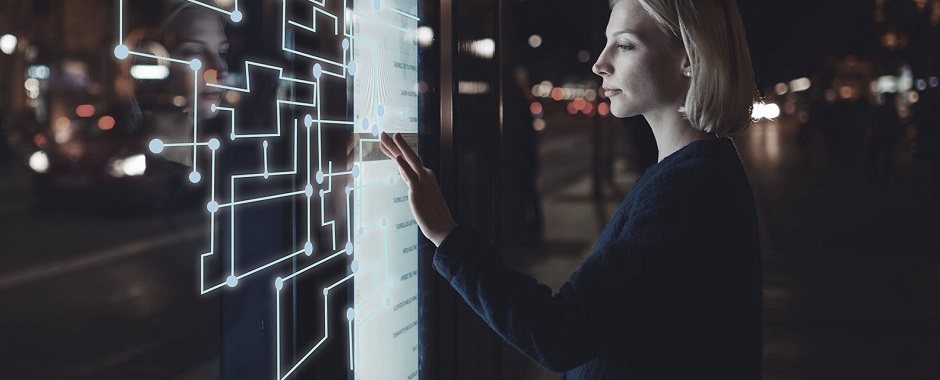Artificial intelligence is a technology that has been severely on the rise over the past decade or so. Many companies, institutions and universities are still trying to grasp its possibilities and dangers, trying to figure out how to incorporate the technology in its own practices. Just a few days ago, the Massachusetts Institute of Technology announced that it is investing one billion dollars to create a new college that is fully focused on the technology of artificial intelligence, called the MIT Stephen A. Schwarzman College of Computing.
MIT announced that about two-thirds of the investment have already been secured, with Mr. Stephen A. Schwarzman as the leading investor. The new college will already start offering its program in 2019, whereas it will move into a newly built building in 2022.
Since artificial intelligence is arguably one of the most prominent threats to the traditional way of conducting business, the step that MIT is taking with the creation of this new college seems a logical one. What strikes me, personally, is the reason for creating this college. Instead of solely focusing on the benefits for the businesses, the focus of the program will also be with the people that it affects. According to Mr. Schwarzman, “we face fundamental questions about how to ensure that technological advancements benefit all — especially those most vulnerable to the radical changes AI will inevitably bring to the nature of the workforce.”
Perhaps we – the world as a whole – should follow suit. Artificial intelligence brings many possibilities into the world that we’re all trying to figure out and understand. We’re looking at the benefits and advantages of the technology, whereas maybe we should shift our perspective just a little bit more towards the disadvantages as well. Millions, if not billions of people, are going to be affected by the rapid development of artificial intelligence. Research should be conducted and plans should be made to make sure that artificial intelligence will not disrupt our human practices in a way that disadvantages the majority, whereas it only brings advantages to select groups.
As excited as I am for the possibilities of artificial intelligence and the creation of specific universities to tackle its possibilities, it raises some uneasy feelings within me as well. Therefore, I applaud MIT for making this investment. Not necessarily for a bigger understanding of the possibilities of artificial intelligence, but for a bigger understanding of the consequences that come with it.
Reference:
MIT News Office (2018) ‘MIT reshapes itself to shape the future’, MIT News, 15 October. Available at: http://news.mit.edu/2018/mit-reshapes-itself-stephen-schwarzman-college-of-computing-1015 (Accessed: 17 October 2018)


